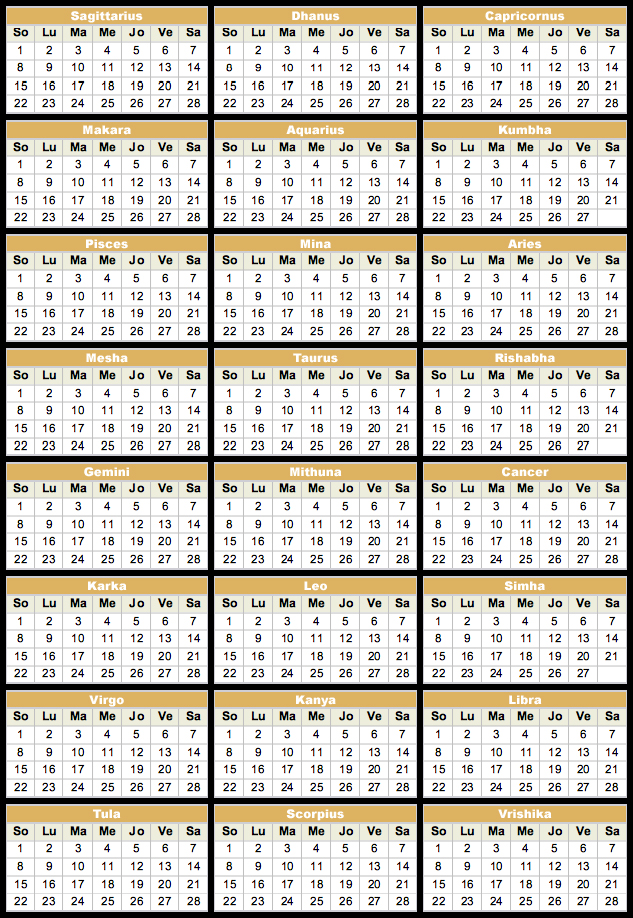Photo: the Curiosity rover recorded this view of sunset at the end of
the 956e sol sol (April 15, 2015), from
Gale Crater.
This is the first sunset observed in color by Curiosity. The image is from the left eye of the Mastcam camera,
which sees color very similarly to the human eye, although slightly less sensitive to blue.
The dust in the Martian atmosphere contains fine particles that allow blue light to penetrate the atmosphere more
effectively than longer wavelengths. Blue colors from the sun therefore stay closer to the part of the sky where
the sun is, while yellow and red colors are more scattered. The effect is more pronounced near sunset in frizzy
light when it must travel a longer way through the atmosphere.
Credit: NASA/JPL-Caltech/MSSS/Texas A&M Univ.
The Darien calendar
The Darian calendar is a time calculation system designed to serve the needs of future colonists on the planet Mars. The calendar was created in 1985 by an aerospace engineer and political scientist named Thomas Gangale, who named it after his son Darius.
Sols, months, years and leap years
The basic divisions of the calendar are the Martian solar day (sol) and the year based on the Martian spring equinox (called vernal), which differs slightly from the tropical year. The sol is 39 minutes and 35.244 seconds longer than the terrestrial solar day and the year based on the Martian vernal equinox is 668.5907 sols. An intercalation formula distributes in each Martian decade six leap years of 669 sols and four years of 668 sols. The first ones are years which are either odd, or divisible by 10. The year is divided into 24 months. The first 5 months of each quarter count 28 sols. The last month counts only 27 sols unless it is the last month of a leap year.
The weeks
The calendar maintains a week of seven sols, but the week starts again from its first sol at the beginning of each month (i.e.: the last sol of the week is deleted at the end of each month of 27 sols). Apart from its organizational advantages, this system is also justified since it brings the average length of the Martian week closer to the average length of the terrestrial week.
The beginning of the year
The Martian year is considered to begin at the equinox marking the beginning of spring in the northern hemisphere of the planet. At present, Mars has a similar axial tilt to Earth, so the Martian seasons are noticeable, although the greater eccentricity of Mars' orbit around the Sun compared to Earth's means that their importance is greatly amplified in one hemisphere and weakened in the other. The most sophisticated Darien calendar calculations even take into account the insignificant extension of the Martian vernal equinox year over several thousand years. These impose a more complicated intercalary formula.
The 24 Martian months
In the following table, the days named by Thomas Gangale with the Latin names of the planets of our system are Solis, Lunae, Martis, Mercurii, Jovis, Veneris, Saturni. The 28th sol of vrishika is an intercalary day which exists only during the Martian leap years. The names of the twenty-four months that were chosen by Gangale are the Latin names of the constellations of the zodiac and their Sanskrit equivalents used alternately. Source: Wikipedia

Documentary sources, articles, databases:
Wikipedia |
USGS |
IAU |
Nasa |
MSSS
All the documents presented here are linked to their owners on their respective official site. ©Ifik |
Contact
